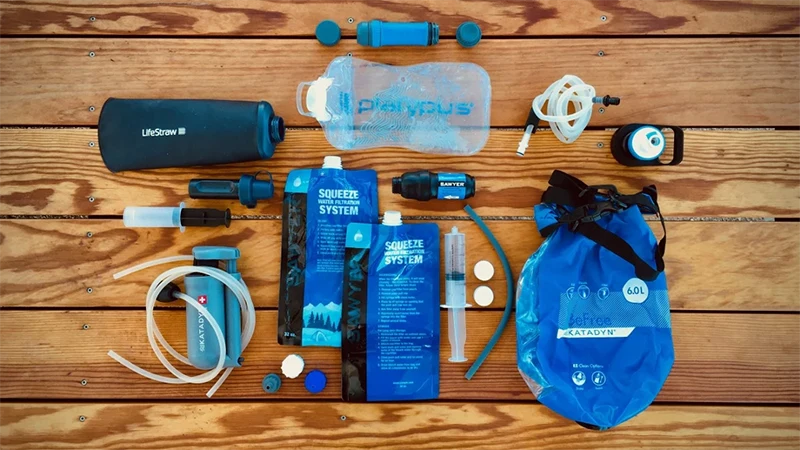

What’s the Best Mosquito Repellent? We Tested Sprays, Nets, and Tech to Find Out
We trekked for miles along some humid Midwest trails and spent a few weekends in the woods with a variety of mosquito-repellent options — some chemical, some physical. Here’s what we found.
Hiking in the woods is magical. Between the shade, the earthy damp, and the scents of the green tunnel, it’s easy to get lost in the tranquility of putting one foot in front of the other.
That is, until the buzzing of gnats and mosquitos shatters your moment of serenity. It’s an unfortunate reality that, in order to get out and enjoy the summertime in the forest, you’ll often have to deal with the insatiable assault of bloodsucking insects.
In an effort to find some relief this year, I’ve been testing out a wide variety of bug repellents. These have ranged from nets to misting devices, along with the familiar sprays and topical lotions.
After several weekends in the woods, I set about weighing the strengths and weaknesses of each. Below are several of the top options, along with their pros and cons. Read it here.
From the Squad
Campfire conversations with our community, from Squad Members and Ambassadors to Brand Partners and the Sawyer team.

















